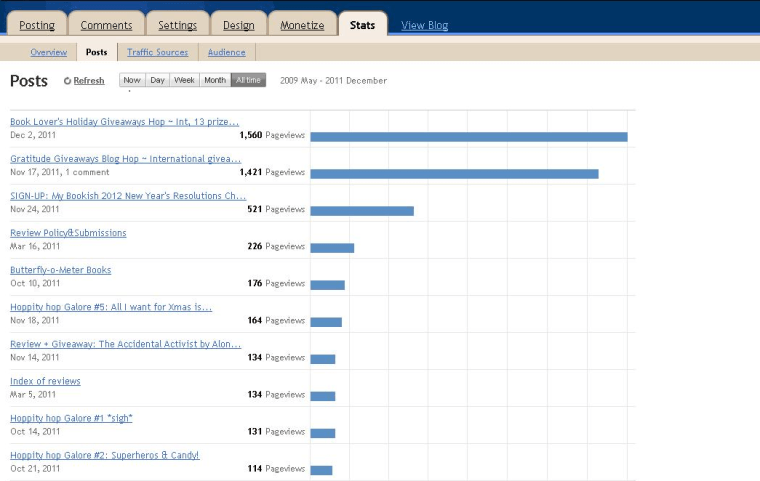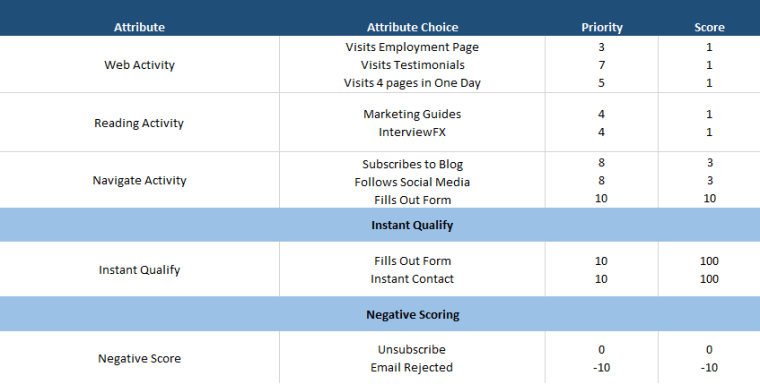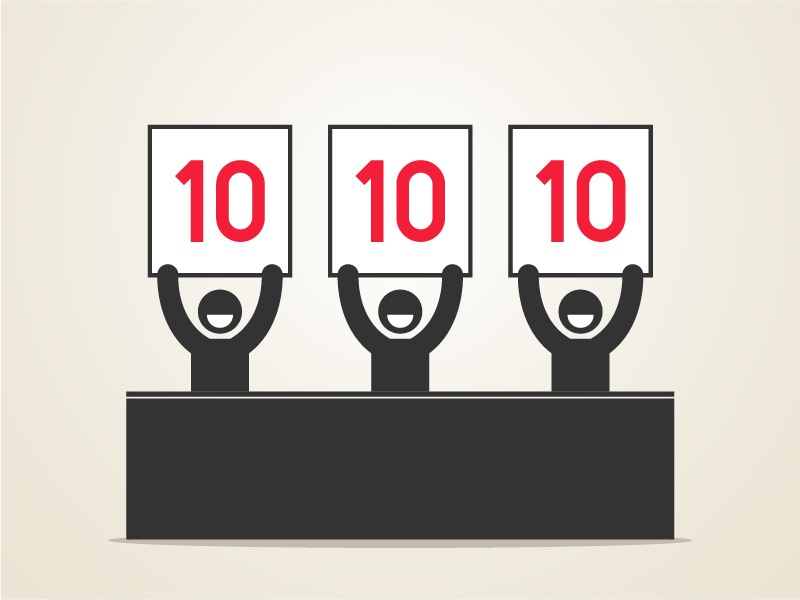When you’re publishing content for your client, do you know who’s going to be reading it? Why they’re going to be reading it? What’s going to catch their attention? If not, I highly recommend you continue reading.
Without being the insight mentioned above, you are randomly shooting an arrow into open space, hoping it pierces something, somehow. Maybe, if you’re lucky, that arrow will hit something – but chances are, it’ll fall to the ground without having accomplished anything.
The amount of content on the Internet is mind-blowing. Some worth sharing, some not worth sharing. Figuring out what content is worth the share or engagement is a question many content marketers struggle with. More specifically, what type of content are your consumers engaging with and sharing? When it comes to measuring the ROI of content, that’s not so easy. The majority of marketers find themselves struggling when trying to measure both success and failure of content. Since content is created to effect conversions, this turns into a problem.
Figuring out what your consumers want to read and engage with will increase your conversions. The hard part is finding out what your consumers want to read, but once you do that, you’ll be able to create multiple connections that will inch you closer to your goals. In order to effectively score your content, you need to skip the subjectivity to truly determine which piece of content will lead to opportunities and conversions. Once you measure your content, you’ll have an idea of what your consumers like to read, enabling you to cater to their interests in the future.
Scoring: The Basics
 Image Credit: butterfly-o-meter.com
Image Credit: butterfly-o-meter.comScoring your content involves these three steps:
- Understand Your Consumers: As I’ve mentioned before in previous posts, consumer personas are created to better understand your typical consumers. Once you have an idea of the types of people who are buying your product(s), you’ll gather their interests, which will lead to better suited content.
- Map Their Routes: Now that you understand your consumers’ interests, it’s time to map out the routes their taking on your website. This step will help you understand how your consumers navigate your website and where to place future content so they’ll be sure to come across it.
- Customize Their Journey: Even when you develop an understanding for your consumers, the scores of your content won’t all be the same – some will do better than others.
In the beginning of your consumer’s journey, you’re going to place a piece of content that’s known for its conversion rates. During the middle of the journey, you’ll place content that has done well, but maybe isn’t as strong as the first piece. Once your consumer reaches the end of their journey, when they’ll be deciding whether or not to convert, you’ll place a piece of content that is also extremely successful and calls to action.
Your goal is to tailor each piece of content for each step of your consumers’ journeys. Now that you’re mapping your consumers’ routes, the reasons behind their decisions should become a little less foggy and your content should become much easier to score.
So, How Do I Score?
Unfortunately, scoring isn’t easy. Here’s the steps you’ll need to take in order to score your content to the best of your ability:

- Create a Scoring Model: Start off with an average scoring model looking at your content and conversions. You’ll want to use lower scores for the content that isn’t as actionable, such as “Visits Employment Page”.
- Insert Scores into Platforms: In order to continuously manage the scores you’ve collected, you’ll need to store them in a content management platform.
- Consistently Evaluate: Many often ignore this step. However, it’s one of the most important to take. Evaluating the data you’ve collected will help you decide what type of content to create for the future. Generally, data should be evaluated each quarter.
Why Scoring Content is Worth Your Time
I know you might be thinking that scoring content is a ton of work, but trust me. It’s worth it. Once your team understands your consumers and how to measure content’s success, the end goal will convince you that it is, in fact, worth your time.
First Impressions Matter: It’s so much easier for a brand to push away consumers with poor content than it is to impress consumers with amazing content. First impressions really are everything. As soon as a potential consumer visits your website, they’re going to pass judgment (good or bad). If that consumer stumbles across even one poor piece of content, they’ll assume the rest is the same, resulting in them not visiting your site again. However, if the content is good, they’ll start coming back for more, which might lead to conversions.
A Collective Method: The best things come to those who wait. Scoring your content won’t guarantee a quick increase in leads. These things take time. Every time you score your content, you’re gathering a better understanding for your consumers, which will collectively lead to you reaching your goals.
Scoring vs. Social Media: While some might believe that their number of Twitter followers makes them successful, that’s actually not the case. So what if your company has 500,000 followers? Are they actually reading your content? Probably not. Scoring enables you to evaluate your content directly by scoring its success.
Quality over Quantity: While it’s good to have a consistent flow of content, it’s better to make sure that content is high-quality. Consumers would rather read one great piece of content rather than five average ones.
During the scoring process, keep these things in mind:
A Constant Cycle: Even if you feel the results of your content couldn’t be more successful, make sure you’re still scoring. Consumers are constantly changing, which means your content needs to be as well. Make sure you’re scoring your content at least once a month in order to keep up with changes.
It’s Out of Your Hands: Once the content is published, you need to let the consumers take charge of their journey. Not all consumers are going to take the journey you’re leading them to, and that is okay! Once you understand the steps your consumers are taking, you can continue to improve your content and website.
Now that you’ve developed an understanding of your consumers, their journeys, and what content works, you’ll notice an increase of conversions. Once you start scoring, you’ll develop an idea of what content to keep and what content to scrap in order to deliver it to those who find it helpful.
Featured Image: iluistrator via Shutterstock
Screenshots taken December 2014





